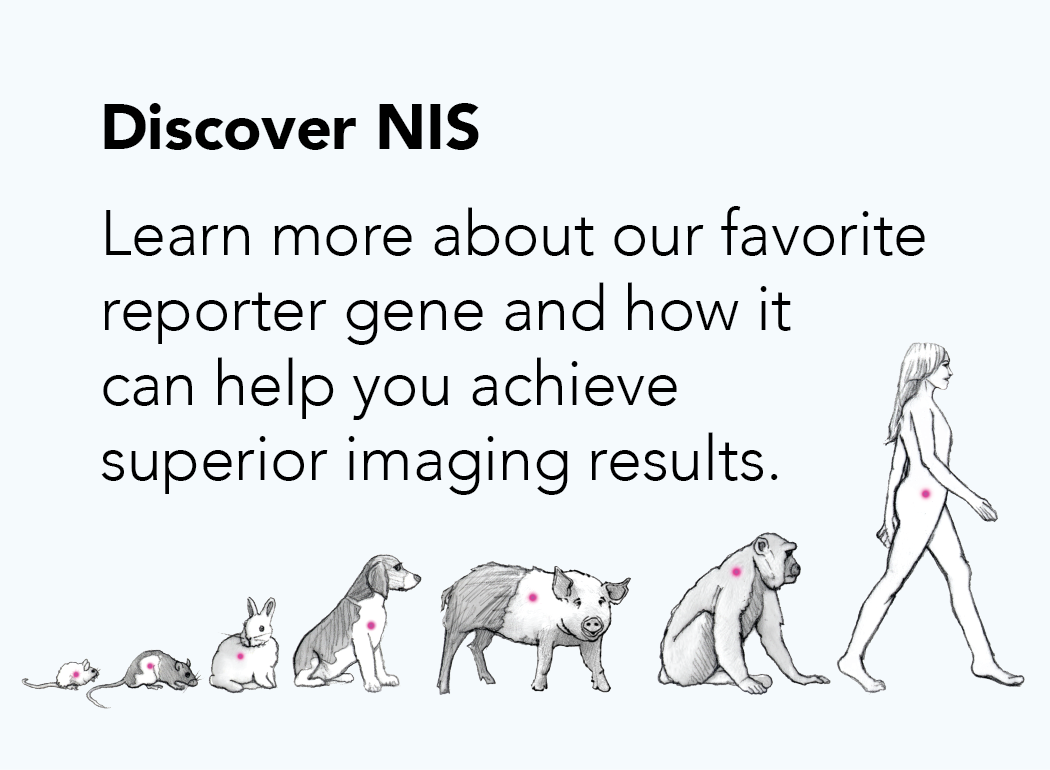MM.1S (Multiple Myeloma)
Description
The MM.1S (ATCC® CRL-2974TM)* cell line is a multiple myeloma (MM) subline of MM.1, which was originally isolated from the peripheral blood of a 42 year-old black female with immunoglobulin A lambda myeloma.1 The MM.1S cell line was established by the Rosen lab at Northwestern University from the MM.1 population based on its sensitivity to glucocorticoids such as dexamethasone.2 The cells exhibit prototypical MM and plasma cell line morphology and grow best at high density with a doubling time of approximately three days in culture.2
MM.1S cells express receptors consistent with plasma cells. They are negative for CD19 and CD20 and have low expression of CD10 and CD45.2 They express the common plasma cell receptors CD38 and plasma cell-associated antigen (PCA-A).2 MM.1S cells also express BCMA.3
Because MM.1S cells exhibit varying degrees of sensitivity to different anti-myeloma drugs, they more accurately replicate the variability in responses observed in MM patients and are therefore the preferred cell line for drug screening. Additionally, the cells exhibit tumorgenicity in xenograft mouse models4-6, making them a valuable tool for preclinical in vivo research. Due to their expression of BCMA, MM.1S cells are also commonly used in in vitro and in vivo studies of BCMA-targeted CAR-T cells and therapeutic antibodies.3,7-9
Stable reporter cell line
Our MM.1S reporter cell line can be used for in vitro or in vivo research. The luciferase (Fluc) and green fluorescence protein (GFP) reporters facilitate easy quantitation of cells for in vitro assays. Additionally, luciferase can be used for tracking tumor growth non-invasively in living animals through bioluminescence imaging. Our reporter cells were generated by lentiviral vector transduction, ensuring high, constitutive expression of the reporter proteins. The lentiviral vector used for these transductions is a self-inactivating (SIN) vector in which the viral enhancer and promoter has been deleted. This increases the biosafety of the lentiviral vectors by preventing mobilization of replication competent viruses.10
References
- Goldman-Leikin, RE et al. (1980). Characterization of a novel myeloma cell line. J Lab Clin Invest 113: 335-345.
- Greenstein, S et al. (2003). Characterization of the MM.1 human multiple myeloma (MM) cell lines. Exper Hematology, 31: 271–282.
- Garcia-Guerrero, E et al. (2023). All-trans retinoic acid works synergistically with the γ-secretase inhibitor crenigacestat to augment BCMA on multiple myeloma and the efficacy of BCMA-CAR T cells. Haematologica 108: 568-580.
- Daniels-Wells, TR et al. (2020. An IgG1 version of the anti-transferrin receptor 1 antibody ch128.1 shows significant antitumor activity against different xenograft models of multiple myeloma. J Immunotherapy 43: 48–52.
- Liu, LT et al. (2022). Establishment and comparison of three human multiple myeloma cell line transplantation models in mice. Chinese J Hematology. DOI: 10.3760/cma.j.issn.0253-2727.2022.05.011.
- Shirong, L et al. (2017) Germinal center kinase as a therapeutic target in multiple myeloma. Blood 130: 1795.
- Zhang, H et al. (2019). A BCMA and CD19 bispecific CAR-T for relapsed and refractory multiple myeloma. Blood 134:3147.
- Oden, F. et al. (2015). Potent anti-tumor response by targeting B cell maturation antigen (BCMA) in a mouse model of multiple myeloma. Mol Oncology 9: 1348-1358.
- Shancer, Z et al. (2019) Anti-BCMA immunotoxins produce durable complete remissions in two mouse myeloma models. PNAS 116: 4592-4598.
- Miyoshi, H et al. (1998). Development of a self-inactivating lentivirus vector. Journal of Virology 72: 8150-8157.
*The ATCC trademark and trade name and any and all ATCC catalog numbers are trademarks of the American Type Culture Collection.

